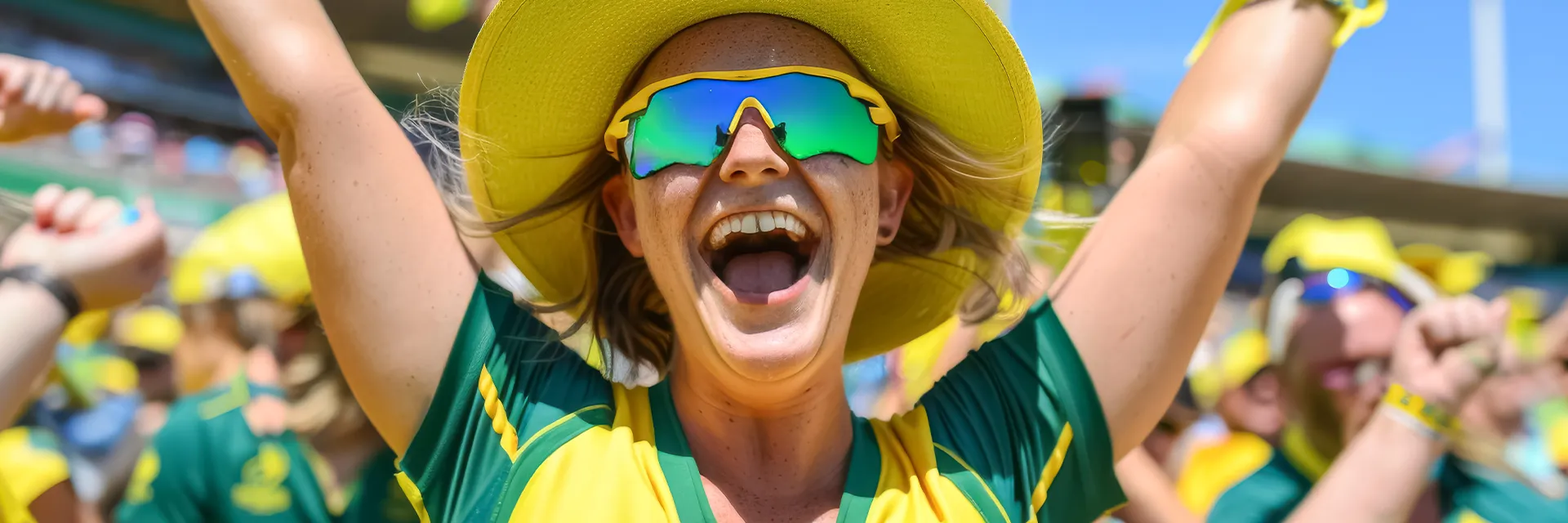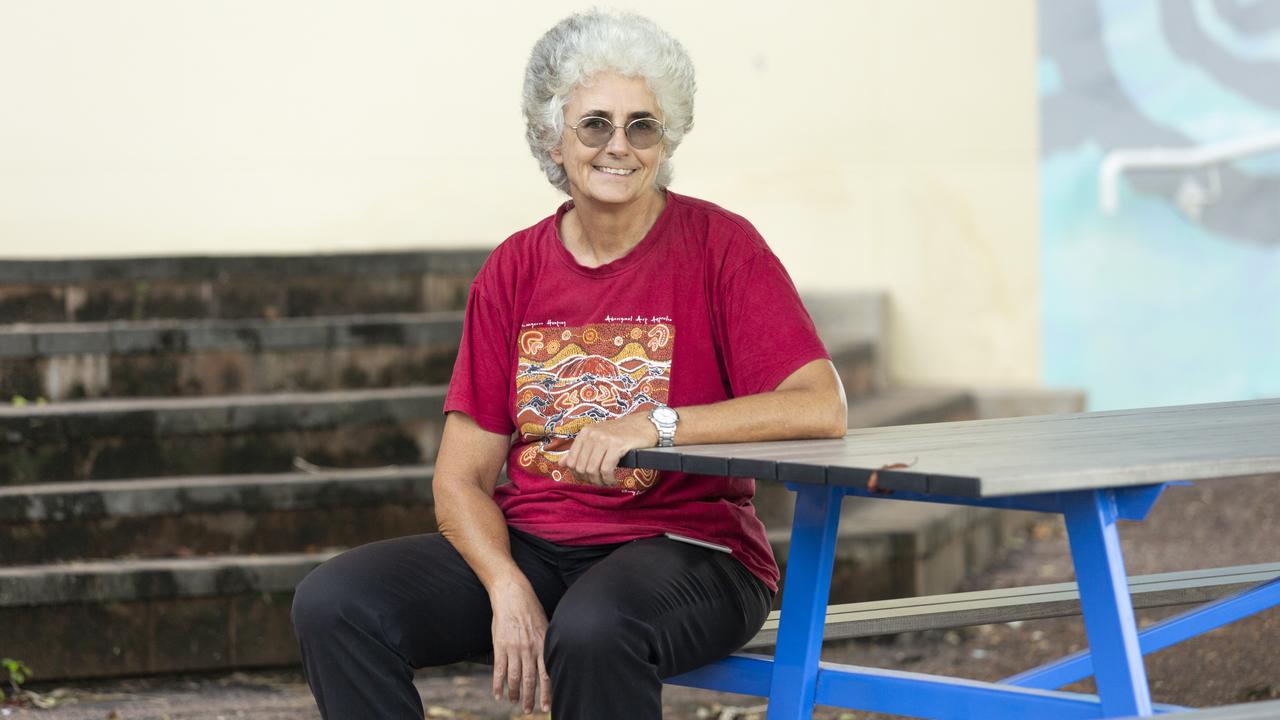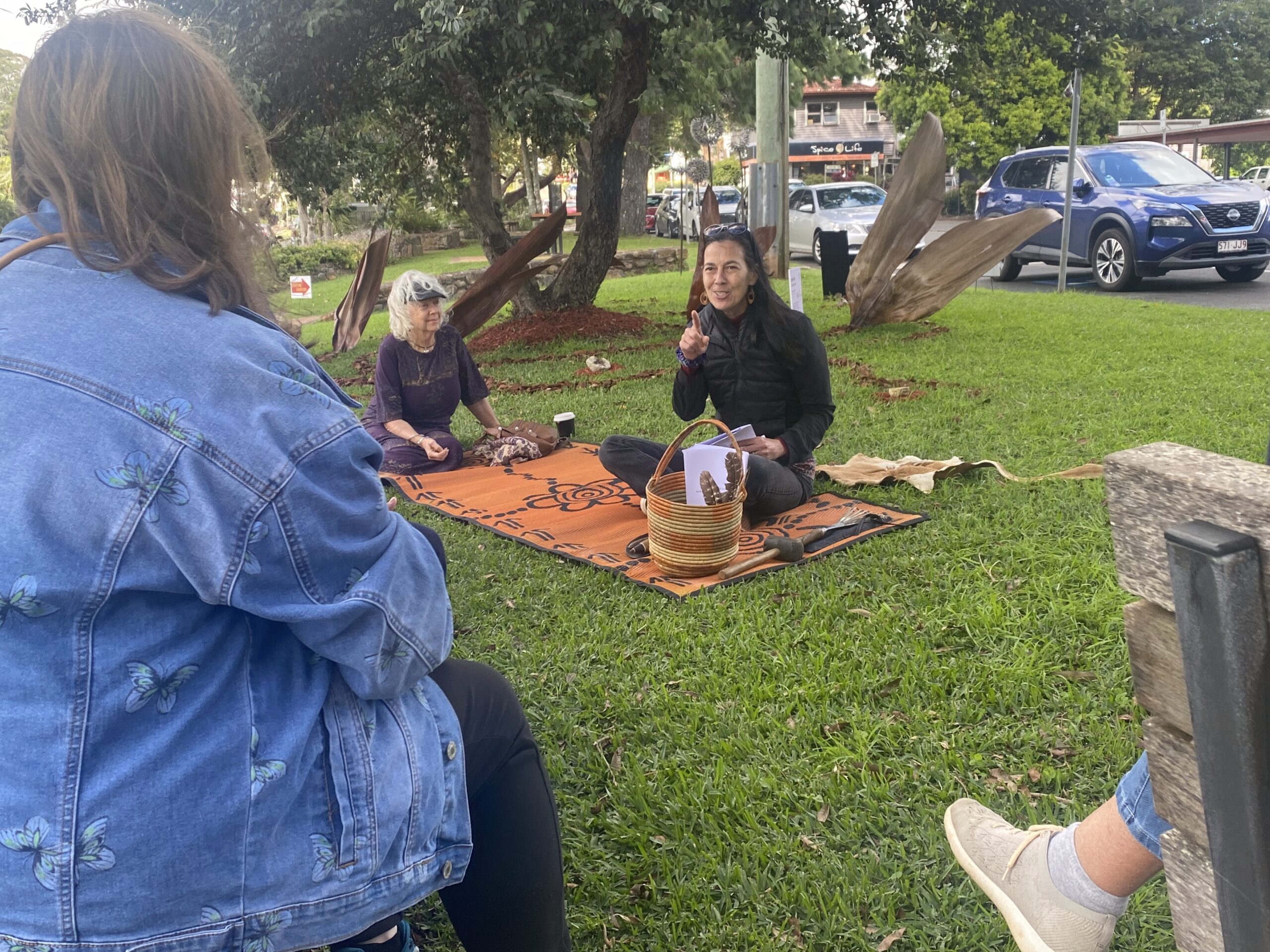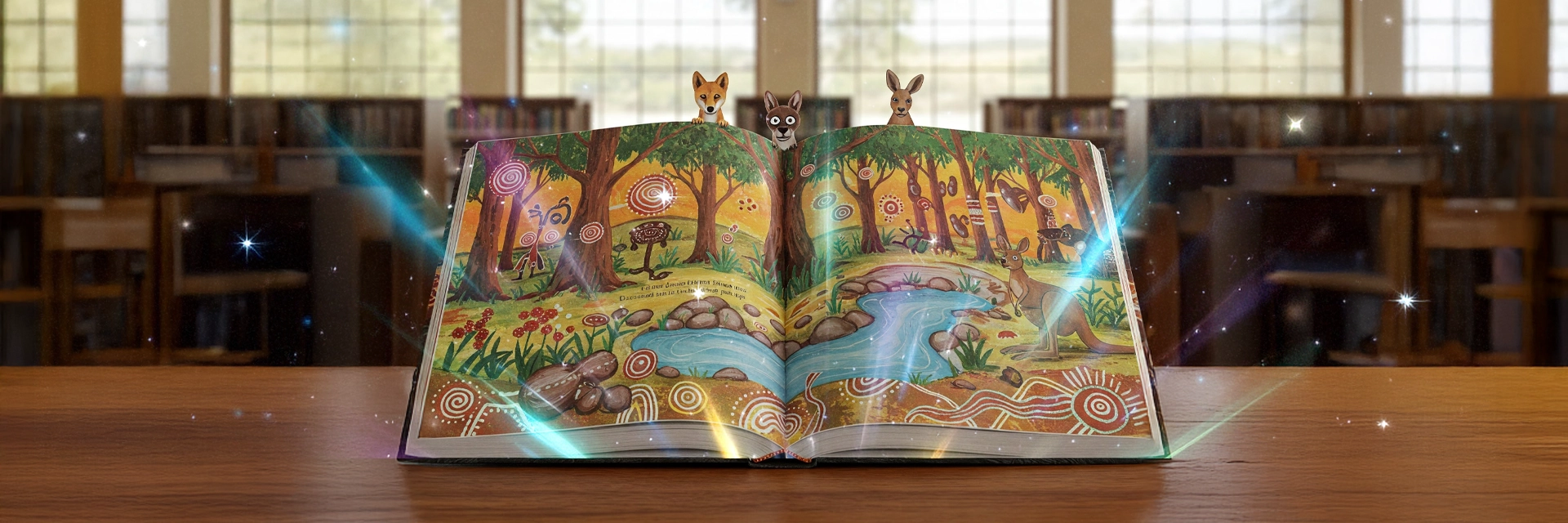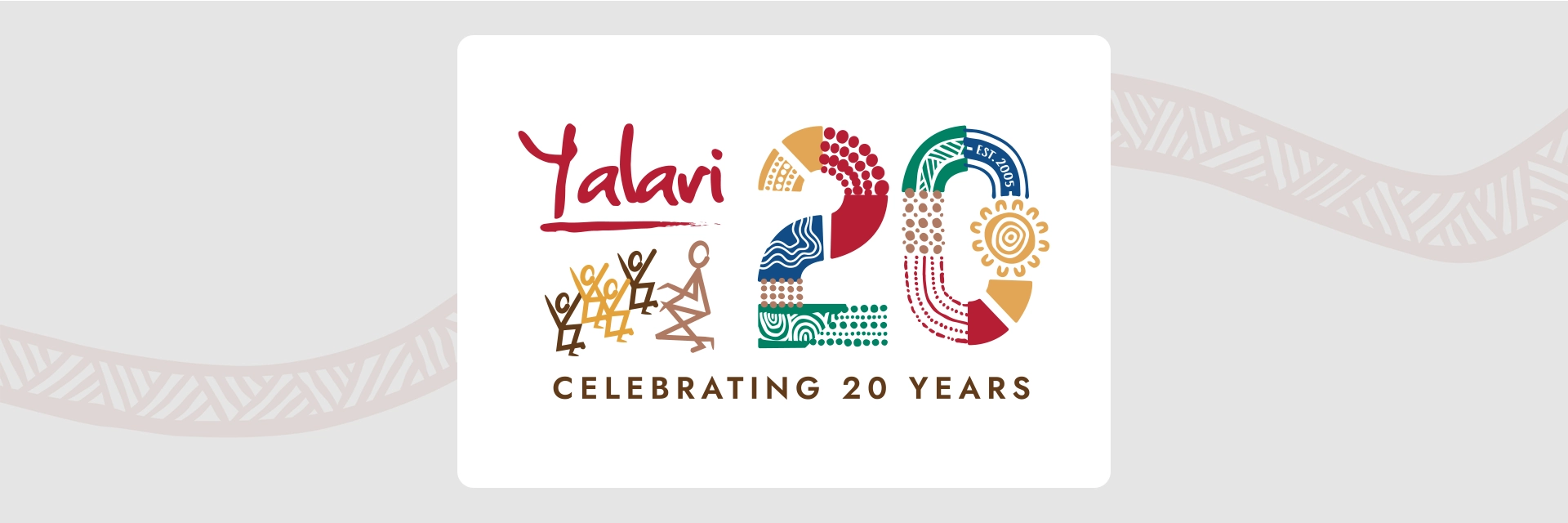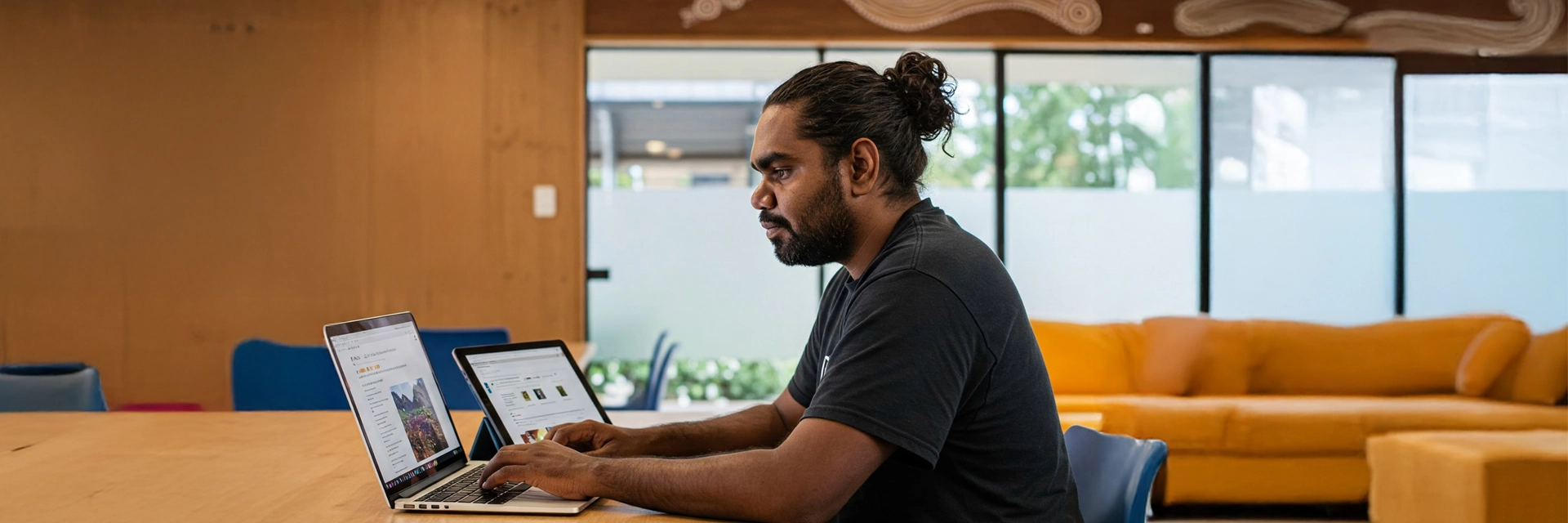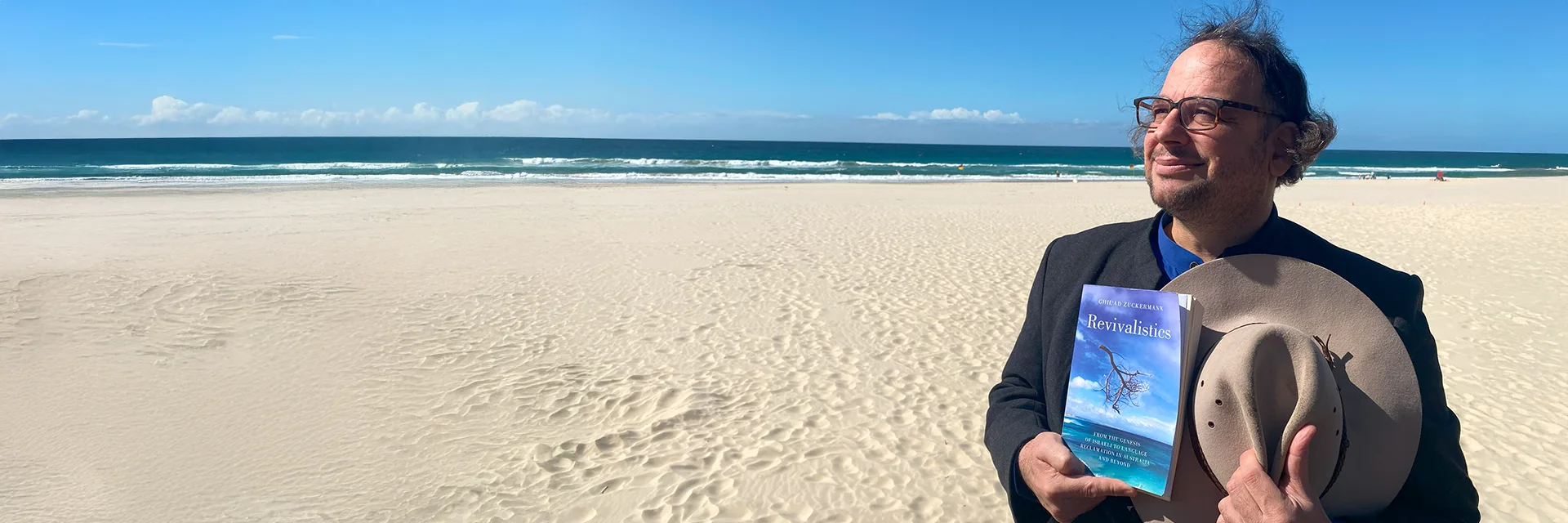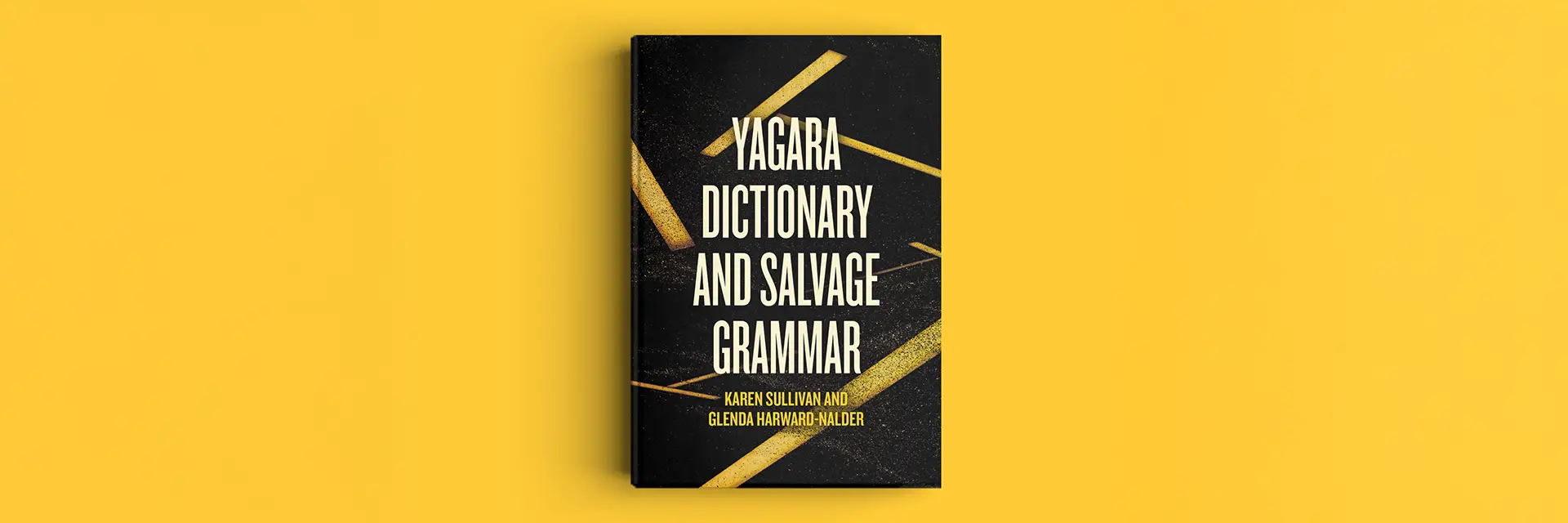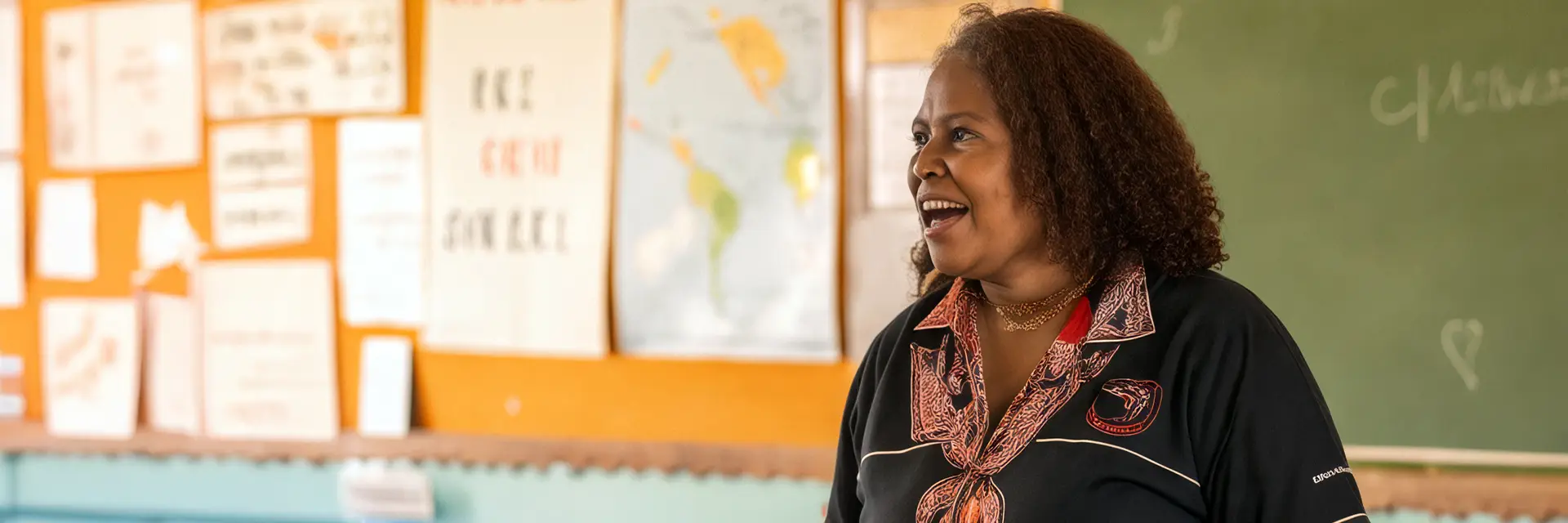Learnings from the Gold Coast 2018 Commonwealth Games will be used to promote Aboriginal language use in the lead up to the Brisbane Olympics in 2032.
SEQILC Director Rory O’Connor said strategic lobbying and targeted community projects linked to the 2018 event had resulted in Yugambeh language being enjoyed and used by tens of thousands of locals, Aboriginal and non-Aboriginal.
Mr O’Connor told a language forum at the Brisbane Exhibition Centre that major events are a good catalyst to promote cultural outcomes.
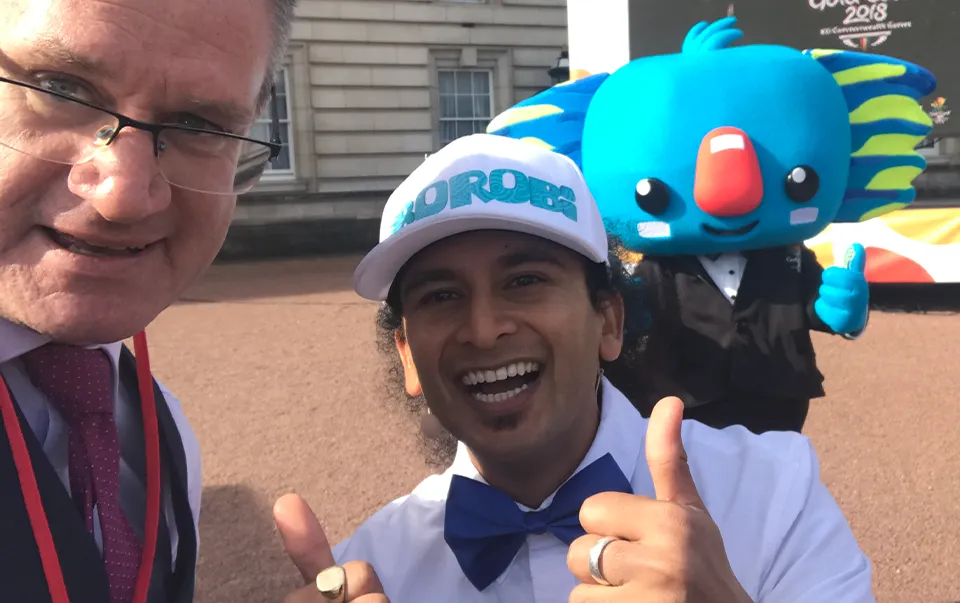
Aboriginal community members accompanied Borobi to Buckingham Palace for an audience with the Royal Family in 2017. Borobi, a Yugambeh word for koala, was used to name the Gold Coast 2018 Commonwealth Games mascot. It was the first time in history a local Indigenous word was used to name a mascot for either the Olympic or Commonwealth Games.
